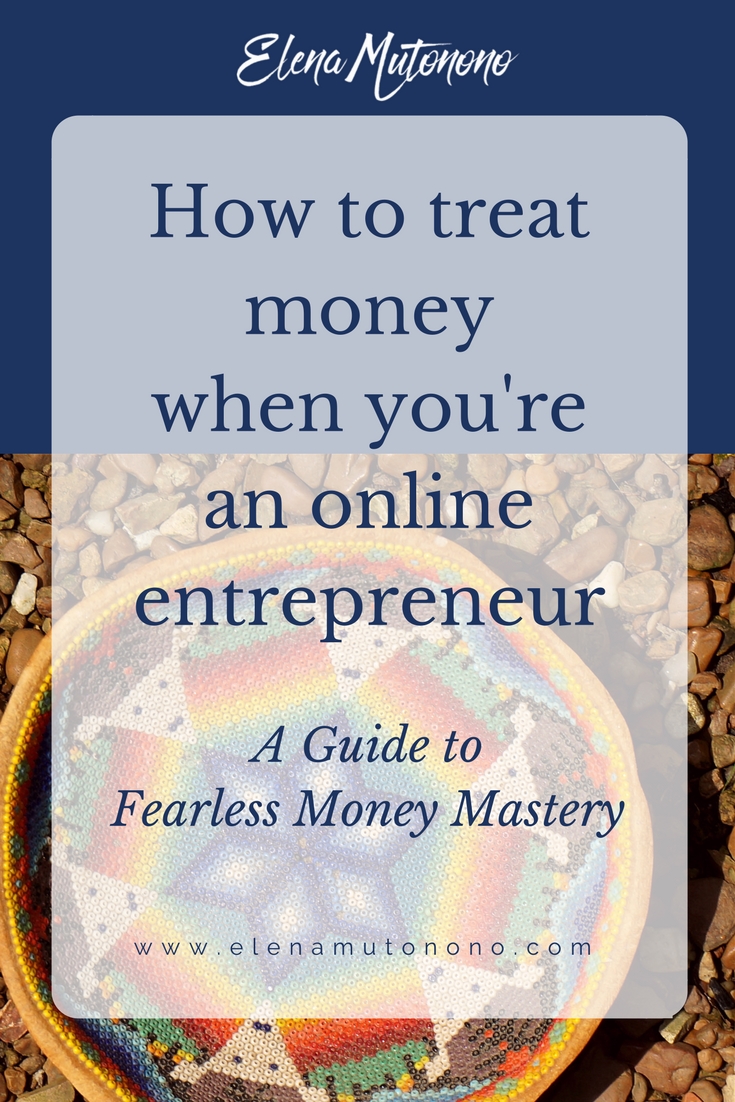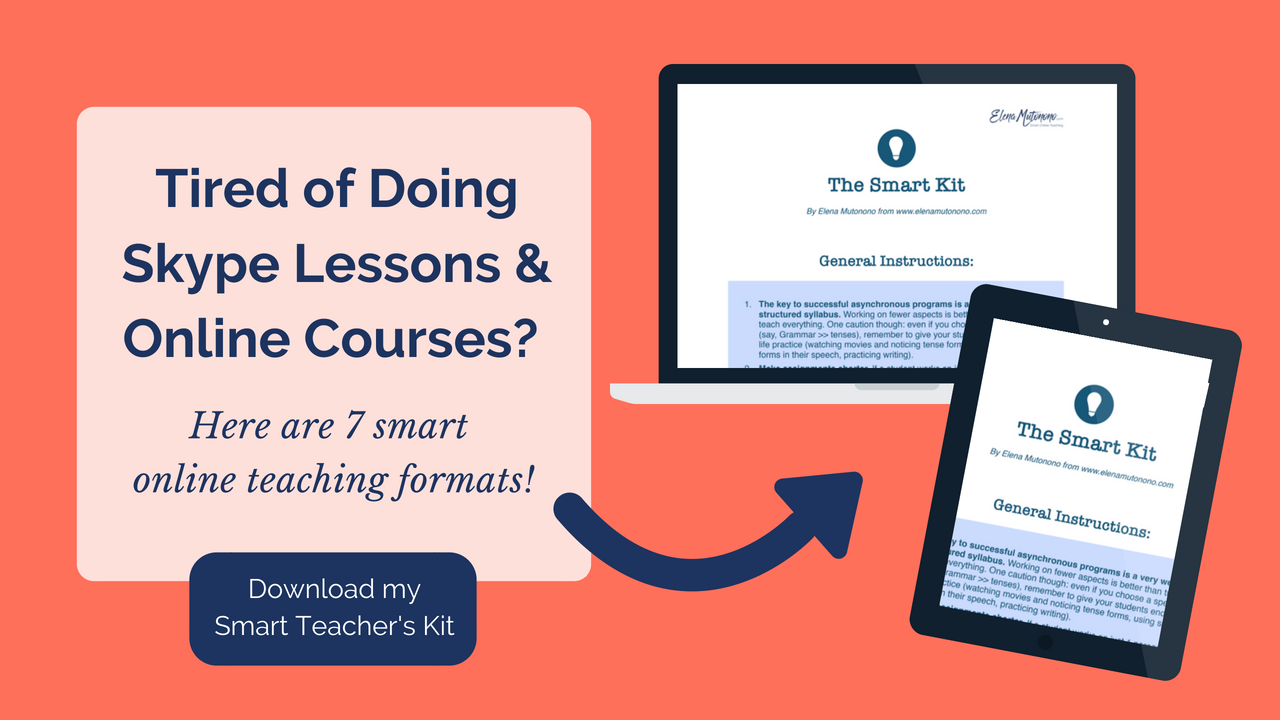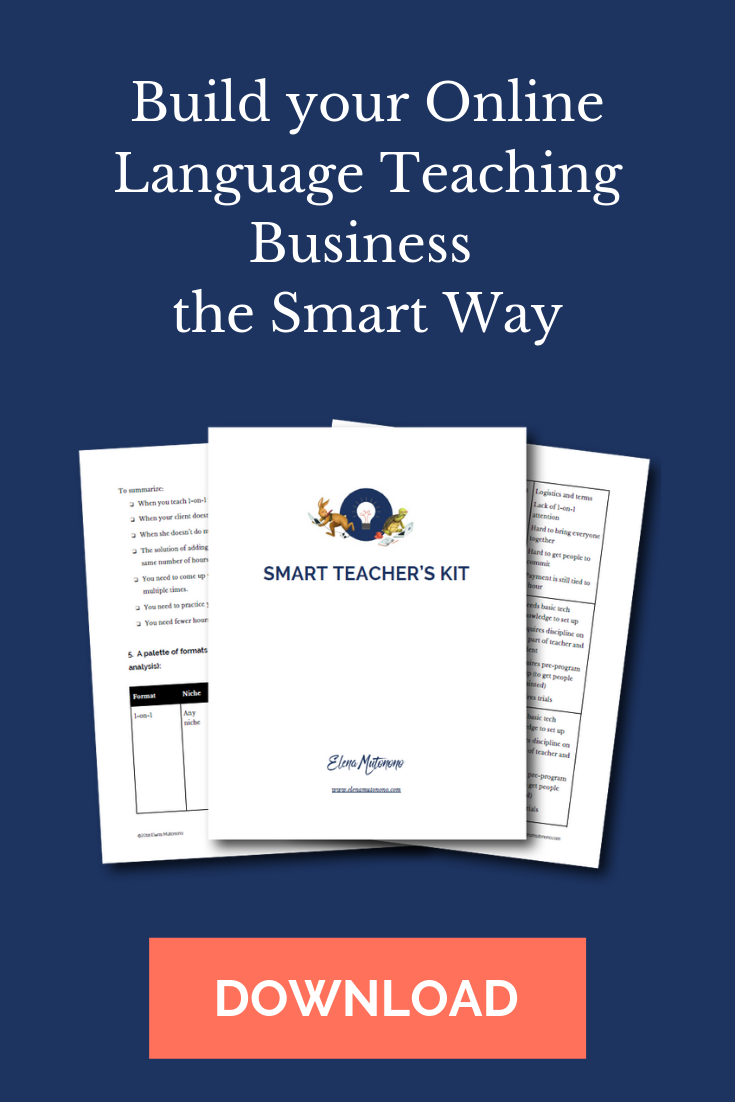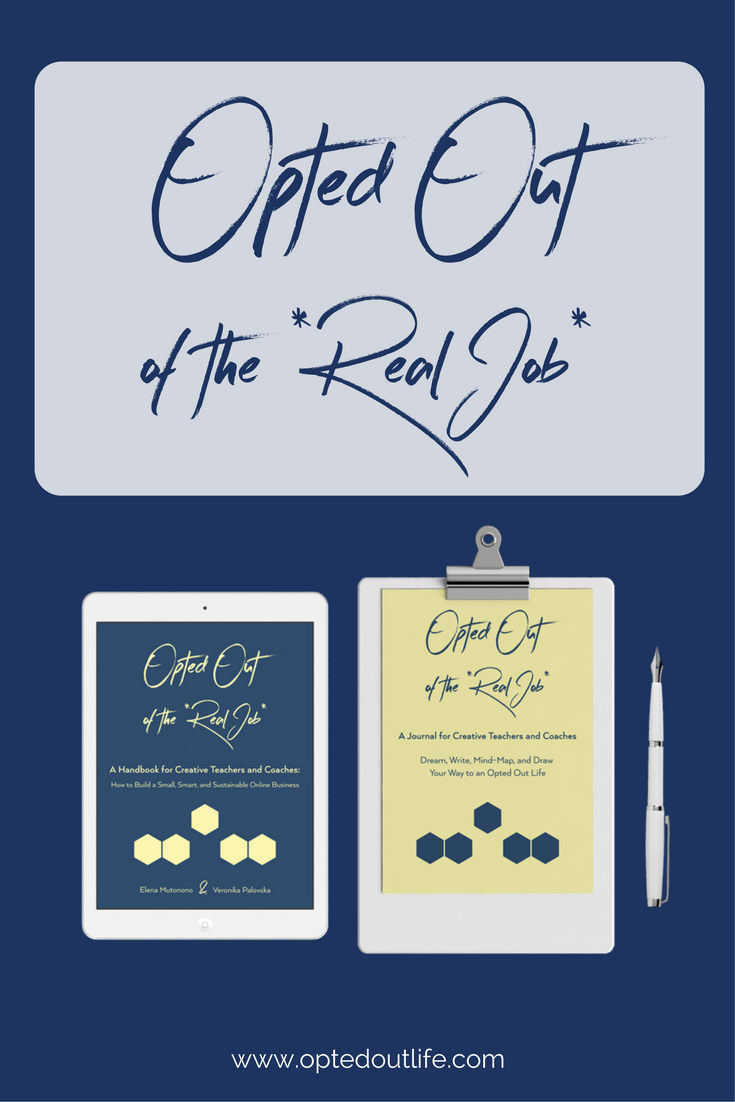Remember when you were a kid and your mom told you to eat something you hated? How did you do it?
I’ve done it with my son to get him to eat green beans. I watch him reluctantly put a piece of a previously-chewed green back into his mouth, close his eyes, quickly shove it from one side of the mouth to the other and swallow it, washing it down with plenty of water.
New entrepreneurs do this with money. Instead of looking the gremlin in the eye, we choose to close our eyes. Never record anything. Never know exactly how much we’re making.
Never invest because we can never afford it. Never set specific goals for fear of not reaching them. Never ask people to work with us.
Some run their businesses for years with these gremlins chasing them. That’s one of the reasons I challenged you to deal with your money fears in the first part of the Make your First $1k Challenge.
This post will help you if you have already started working through your money fears. Today I’ll introduce these 4 basics on how to treat money as an online entrepreneur:
- Keep records
- Hustle clients
- Create content that brings clients
- Invest into your business
Keeping records
You don’t need software or some meticulous calculations. These records aren’t the official records for your accountant (those are a separate thing, see below). All you need is a pen and a paper. That’s how I did it for a number of years.
Start weekly. Write down the dates of the week, then record how much you made this week. Write down how much you paid for different expenses. Ask yourself how you could increase what you make next week. What steps would you need to take?
Here’s a simple cheat sheet with the terms you need to know (not textbook definitions):
- Income/revenue: this is the total amount you make a month. This is not your salary.
- Expenses: this is the amount you spend to run your business. You will be spending on monthly subscriptions (email, online conferencing, storage, hosting, etc.), taxes, insurance (if applicable), and other. Salary (payroll) is your expense, and it’s generally about 50% (or less) of your revenue.
- Profit: This is what’s left after all the expenses, and you can reinvest it back into your business.
As a business owner, open a separate business account. Any professional software (like Quickbooks, for instance) syncs your business bank account, your paypal account and others.
It deducts all the surcharges (they are not taxable), categorizes expenses (with your brief monthly review) and creates gorgeous reports that your accountant will love.
Keeping records will help you know exactly how much you’re making, how many more clients you need, what products you need to sell and what to invest in your business. It also allows you to plan for emergencies or slow months.
When you're intimidated by #investing, #hustling, and creating #content that converts read this.Click To Tweet
Hustling clients
In the “real” job setting clients come to you. You have an office, and when the boss assigns clients to you, they come knocking. Obviously it’s more complicated, but you don’t stress out where to find clients.
Once you opt out and become an online entrepreneur, you own some “property” online (aka a website), and that lulls you into thinking that people will come looking for you, which isn’t the case in the beginning.
The first several years are extremely difficult. Hustling (looking for clients and projects) will become your second nature, but the hustling has to be smart. Here’re the things you need to keep in mind:
- Narrow down your niche. When you cater to everyone, you’re attractive to no one.
- Know your ideal client. You can’t make a connection, let alone a sale, with people you can barely imagine.
- Learn to write. Any page on your website (or an email) full of cliches and empty salesy talk isn’t going to convert.
Creating Content
Taking the time to nurture relationships through strategic content is at the core of any online business.
Strategic content (blog, videos, podcasts) develops a relationship with your potential clients, and eventually these passive readers turn into fans who bring new prospects or become clients themselves.
How is strategic content different? It leads to action. Regular content may be helpful, informative and even fun, but it doesn’t lead to anything.
Here’s a post I wrote 6 years ago which is helpful but not strategic: it’s had lots of views, people have found it through search engines (yes, the SEO!), but it didn’t bring subscribers or clients.
Here’s a post I wrote 6 months ago that brought me clients within 1 week. If you take the time to study these two pieces, you will see a few striking differences:
- Focus: the second piece is written with a specific audience in mind and a specific goal.
- Information with intent: the first piece, however informative and helpful, doesn’t have the intent of bringing clients. Yes, there’s a sign-up form but it’s not connected to the core message of the post.
- Copy (aka the writing): I will never get tired of emphasizing that writing for the web is more than putting sentences together. Veronika’s Palovska’s coaching program is the place for your copy epiphany (that’s what turned my writing from informative to intentional. It took me 6 years to find Veronika, but you can do it much faster).
Investing
Your business will grow as much as you invest in it. Before we go deeper into the concept of investment, allow me to clarify what investment is not:
- Buying a new headset, an iMac pro, a camera, a mic, or even a new gym ball. No matter how cool each item is, it depreciates, and so we can’t call it “an investment.”
- Buying software or service that you need to run your business (these are called “overhead” expenses). Yes, you need email marketing software, and your webinar platform (if you use webinars for marketing), and eventually a social media scheduler (unless you want to be sucked into the social media abyss).
#entrepreneurs: face your money fears, flex your money-making muscles with this guide. #biztipsClick To Tweet
So what is an investment?
An investment is an asset or item that is purchased with the hope that it will generate income or will appreciate in the future. [source]
Because online entrepreneurs don’t invest money into commercial property (not in the beginning anyway), our two best investment packages are:
- A website that converts.
- Education/training/coaching that will help you charge more in the future.
Neither of these two will bring immediate returns, but when done right, they will bring your dream clients.
The website is your “real estate” online. You can make a beautiful website yourself using contemporary themes and templates.
Focus on clarifying your niche, client and copy because you don’t want to spend the time putting together something that isn’t relevant for your client.
When you start out, a clean, professional-looking, and carefully branded DIY website with an excellent copy will go a long way. If you do choose to hire someone, be sure to work on defining the niche and cleaning up your copy first.
You don’t want to spend money only to discover 3 months later that it wasn’t exactly your niche (no joke). New websites tend to be generic and as such they don’t convert well. A coach will help you find focus if you feel overwhelmed (I can help!)
If you’ve been working online for some time, there’s no reason why you should continue with the DIY website. It ruins your brand.
Plus, the prospects can’t trust you when your website looks dated.
“It’s hard to come across as informed and web-savvy when your site design looks 10 years out of date.” ~ Sonia Simone
Another important value of teaching yourself to invest in your business is being able to communicate the benefits of investment to your clients.
After all, if you encourage your clients to invest in your services but you can’t share the value of investing because you’re scared to do so, your clients aren’t going to be convinced to buy from you.
Your marketing will feel salesy, not empathetic.
Empathy is the hard part
The rest is mechanics. We’re not wired to walk in someone else’s shoes, it’s not our first instinct.
Showing up with empathy is difficult, hard to outsource and will wear you out.
But it’s precisely what we need from you. ~ Seth Godin.
Takeaways:
Entrepreneurs treat money as a tool. It took me some time to realize that investing, hustling, and financial planning are my new reality, and just like with language learning, exercising and healthy eating habits, these skills never develop until I practice them on a regular basis.
So here’re some important lessons I’ve learned:
- Don’t wait until you can afford anything in your business. It’s like waiting until you can speak a language to speak it. You have to start speaking in order to speak. You need to invest before you’re “ready.” Start small. Join our Smart Teacher’s Library if you value growth, responsive customer service, human marketing and community.
- Don’t wait until your clients come to you. Look for ways to recruit them. Create content that converts. Polish it up because it’s your vehicle to bring new clients in.
- Keep your records. They don’t have to be perfect. Start with a pen and paper.
How do you treat money in your business? What’s the hardest of these concepts? Please share in the comments! ~ Elena




 Welcome to my nook where *Big Magic* happens. My name is Elena Mutonono, I help small business owners package their services as digital products and sell them online. I want you to work smarter, not harder. Increase your impact beyond your current face-to-face clients. Grow your business as you reach more people all over the world.
Welcome to my nook where *Big Magic* happens. My name is Elena Mutonono, I help small business owners package their services as digital products and sell them online. I want you to work smarter, not harder. Increase your impact beyond your current face-to-face clients. Grow your business as you reach more people all over the world.








Really good article. Your writing is so much better now, to the point, and valuable/inspiring. Good job!
I also think we (everybody) should look more closely at our numbers if we want to be in control of our financial life. I’m trying to, little by little!
Jose, thanks so much for your feedback. I’ve seen Shayna’s feedback on your website, and then I enjoyed the makeover. You’re on the right track.
As far as the numbers go, I agree. Little improvements amount to big changes in the long run. The hardest step is always the first one. Many hesitate because they think it’s going to take a lot of time, and so they never have it. But the best time is now, working on a little bit at a time. Thank you!
These are great tips and reminders, Elena. I really appreciate your willingness to share the before and after writing. You continue to be an inspiration to me and your course and materials are the best investments I made when I started my online teaching business this year. Thank you for your “wholehearted” approach and for building an online community of teacherpreneurs.
Kate, thank you for your feedback! I love the “wholehearted” vocabulary – thanks to Brene 😉 It’s always tough to look back – the inner critic in me cringes – but it does show to me how much growth has taken place, something we don’t stop to appreciate (but need to) because of the constant running around and doing stuff. Thank you for investing in my programs/books! I can’t wait to see your new website.
I did enjoy every aspect of this article Elena, Your words carry power and they earnestly,
sounded easy to put into actions which can make a whole difference.
Money is a tool, a means to an end, however, because of our numerous needs, at times,
one seems to handle money” as an end ” by hoarding it. In the same vein, sometimes, one doesn’t have enough to invest on oneself/business as desired.
Well, it’s a matter of time, there ‘ll definitely be a balance.
Thanks, for sharing your priceless values and ideas.